
In 1876 the Archdiocese ordered the construction of a new church and architect Alfred Tepe was commissioned to design it. Initially, the church would be built without a tower. But many farmers in Schalkwijk had earned extra money with the construction of the railway in 1868, and much of that money was made available for the new church. The St. MichaŽl is one of the highlights in the career of architect Alfred Tepe. It's a big three-aisled cruciform basilica, in a neo-Gothic style that owes much to Lower Rhine Gothic, like most of Tepes churches. Few of Tepes churches are so richly decorated with ornaments as this one, with niches, balustrades and pinacles, not to forget the number of chapels. At the south side of the tower is a baptistry . The transept is much richer in detail than usual for Tepe, and shows influences of Northern German Gothic. The tower is ornamented with blind niches; the tribune-like niches in the third segment of the tower were inspired by those of the reformed church in Houten. On the south side of the choir is an octagonal sacristy with a wooden spire on the roof while on the north side there is a lateral chapel. On the third trave of both side-aisles of the nave small spaces stand next to the side-aisles. The one on the south side has an octagonal stair-turret. Impressive though the church is, the quality of its construction was quite bad. In 1899 moisture from the outside penetrated the church, making it necessary to replace all the jointing. Many deficiencies were also repaired in the years that followed. The builders probably had not taken into account the weak and moist soil, and in the end, the church appeared to be subsiding and the pillars threatened to collapse. Thankfully, a major restoration in 1931-1932 solved the problem when a new foundation was placed around the pillars. |
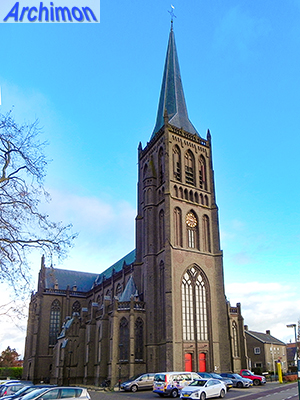 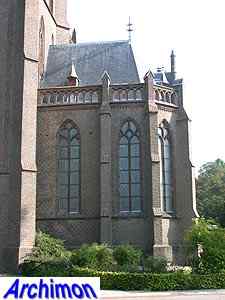  |
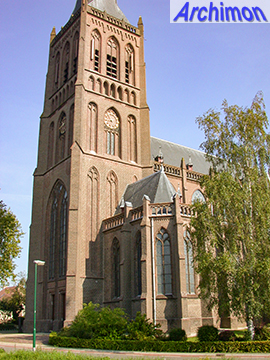  ] ]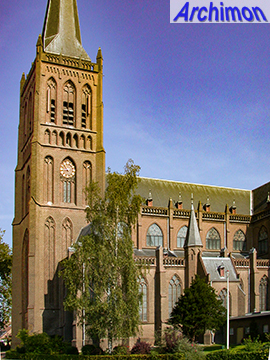 |
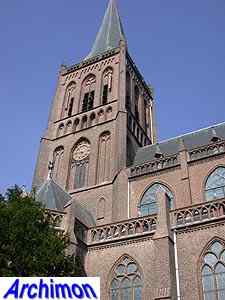 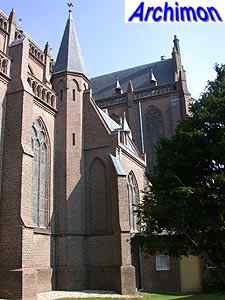  |
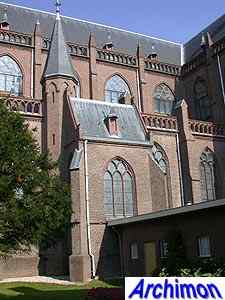  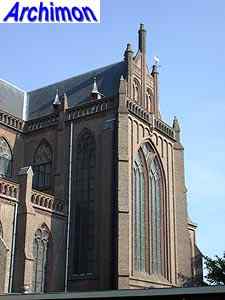 |
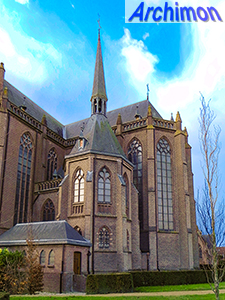 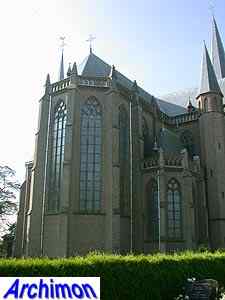 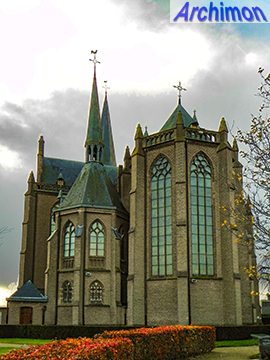 |
   |
 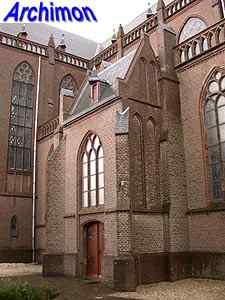  |
 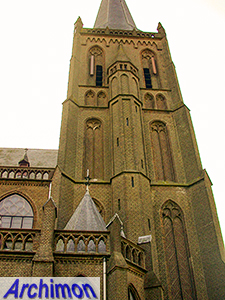 |
|
Back to Houten Back to A. Tepe |
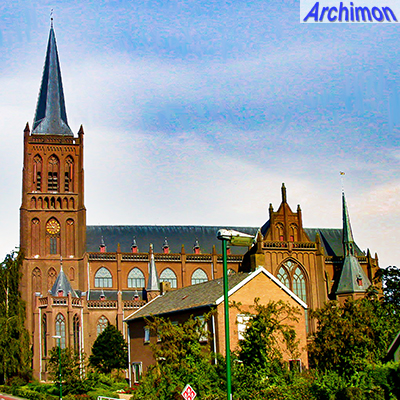 The
St. MichaŽl is the Roman Catholic successor of the medieval church
elsewhere in the village, which remained a protestant property after
freedom of
religion was declared. The new church was built at the location of its
predecessor of 1838, which itself was preceded by a hidden church in the 18th
century. Although this hidden church had been built at some distance from
the village, around it a new population centre grew.
The
St. MichaŽl is the Roman Catholic successor of the medieval church
elsewhere in the village, which remained a protestant property after
freedom of
religion was declared. The new church was built at the location of its
predecessor of 1838, which itself was preceded by a hidden church in the 18th
century. Although this hidden church had been built at some distance from
the village, around it a new population centre grew.